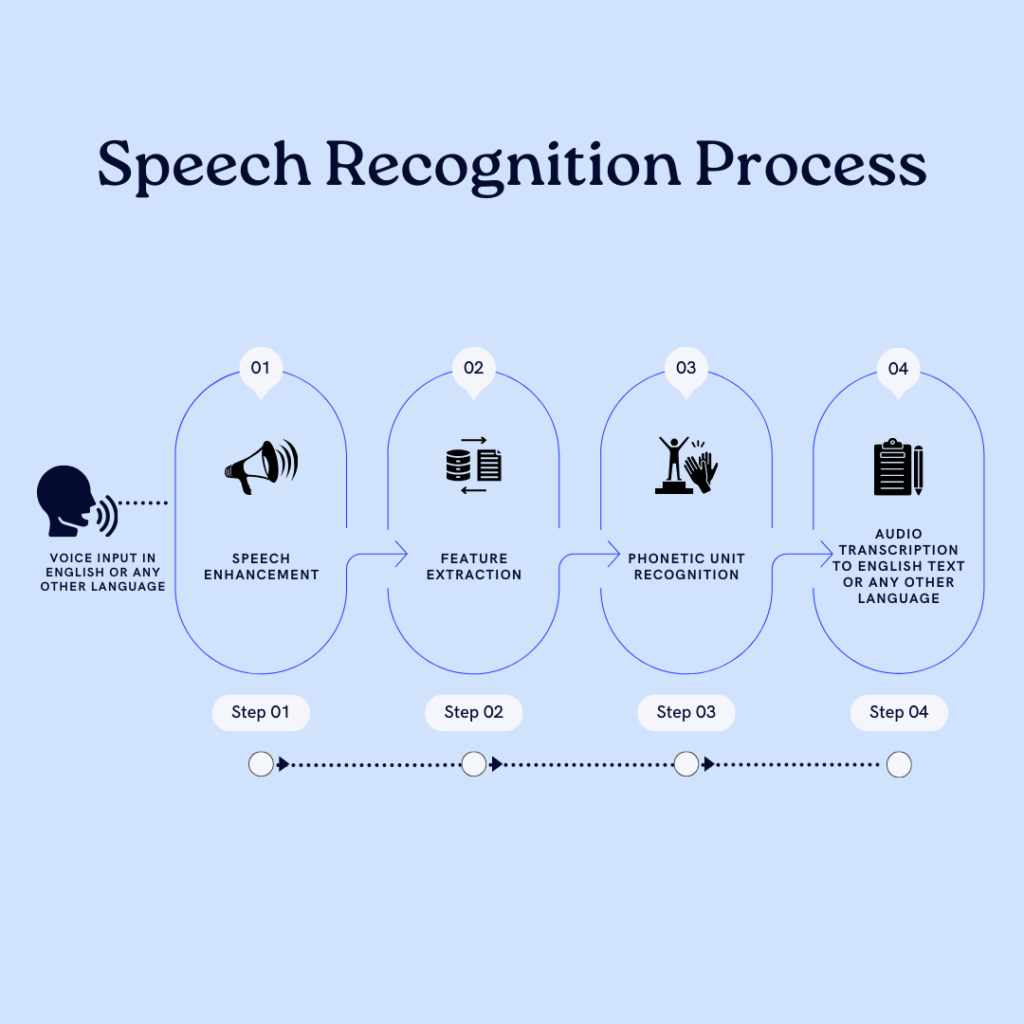A light of transformational potential arises from OpenSIPS in the dynamic world of telecommunications, where innovation and efficiency are paramount. OpenSIPS is a SIP server that is available as open source, propelling the advancement of voice-based technologies and improving real-time communications. Speech to Text (STT) feature integration is one of its most notable applications, but its broad capabilities and adaptability also open the door to many other innovative uses. Through its ability to connect spoken language and digital text, OpenSIPS transforms how we engage with spoken data, bringing in a new era of seamless communication and unmatched accessibility.
Going further into the details of OpenSIPS for Speech to Text reveals a world of uncharted territory. Its architecture can interpret spoken language and translate audio streams into written insights that may be put to use. Using rigorous examination and smooth incorporation into STT engines, OpenSIPS reveals the mysteries of speech recognition, enabling enterprises and people to use voice communication fully. By dissecting this mutually beneficial partnership between technology and human communication, we can see how spoken words may break down barriers and propel innovation and connectedness to previously unheard-of levels.
Understanding OpenSIPS and its Role in STT
OpenSIPS is a powerful SIP proxy server that manages several audio and video communications over IP network-related duties. It is the best option for implementing Voice over IP (VoIP) solutions in various sectors because of its feature-rich feature set and flexible design.
STT technology’s integration with OpenSIPS signifies a paradigm shift in how spoken language is interpreted and analyzed. OpenSIPS opens up a world of possibilities for voice-based applications by enabling real-time audio stream translation into text using advanced algorithms and machine learning approaches.

The Mechanics of Speech to Text with OpenSIPS
Fundamentally, the Speech to Text process consists of several complex processes that OpenSIPS manages effectively:
1. Audio Capture:
OpenSIPS intercepts audio streams that come in from a variety of sources, such as WebRTC clients and SIP endpoints.
2. Transcoding:
It is transcoded to ensure that the recorded audio data is compatible with the STT engine.
3. STT Processing:
Through its interaction with STT engines, OpenSIPS produces precise textual representations of spoken words by applying sophisticated algorithms to analyze the audio input.
4. Text Delivery:
The final text is sent to the target recipient or application so that it may be processed or stored further if necessary.
Advantages of OpenSIPS for STT
The combination of STT technology and OpenSIPS offers several substantial benefits.
Real-Time Processing:
With OpenSIPS, voice-to-text conversion happens quickly, allowing immediate engagement and conversation.
Scalability:
OpenSIPS can handle increasing amounts of speech data without sacrificing dependability or speed because of its scalable design.
Customization:
Users may choose which STT engines to integrate according to their needs, guaranteeing the best possible accuracy and efficiency.
Cost-Effectiveness:
Because OpenSIPS is an open-source product, it has lower licensing costs and provides unmatched customizability and adaptability.
Applications and Use Cases
The combination of STT with OpenSIPS technology opens up a wide range of applications in several industries:
Customer Service and Support:
Voice-driven client interactions might be enabled and support procedures reduced with the use of automatic speech recognition.
Transcription Services:
Enable prompt transcription of conferences, interviews, and meetings to boost output and teamwork.
Voice-Activated Applications:
Enable intuitive and hands-free user experiences using virtual assistants and interactive voice response (IVR) technologies.
Conclusion: Embracing the Future of Voice Communication
In Conclusion, OpenSIPS is an essential milestone in developing speech communication, especially in speech-to-text technologies. Through its smooth integration with STT engines, OpenSIPS enables developers and companies to use spoken language, promoting efficiency and creativity in various fields.
With voice-activated interactions becoming the norm in the future, OpenSIPS for Speech Text has many possibilities. With OpenSIPS, embrace the opportunities, investigate the possibilities, and open up new avenues for communication.
Ready to harness the power of OpenSIPS for Speech-to-text? Start now to take advantage of voice communication’s revolutionary potential. For further information on how to include OpenSIPS into your communication system, get in touch with us.





